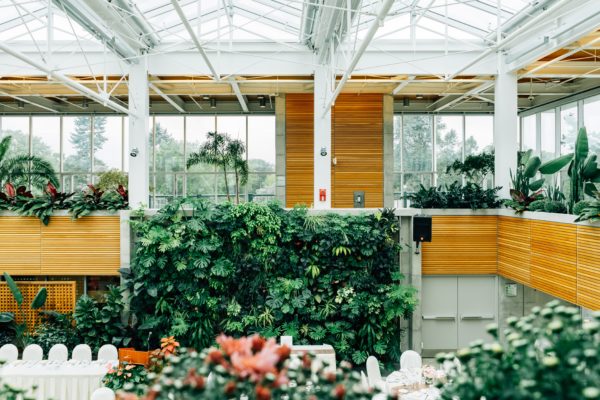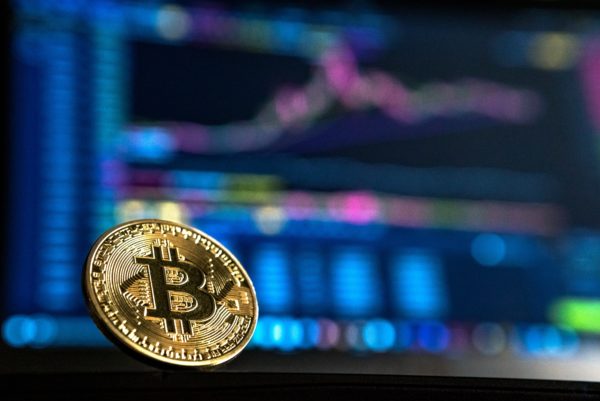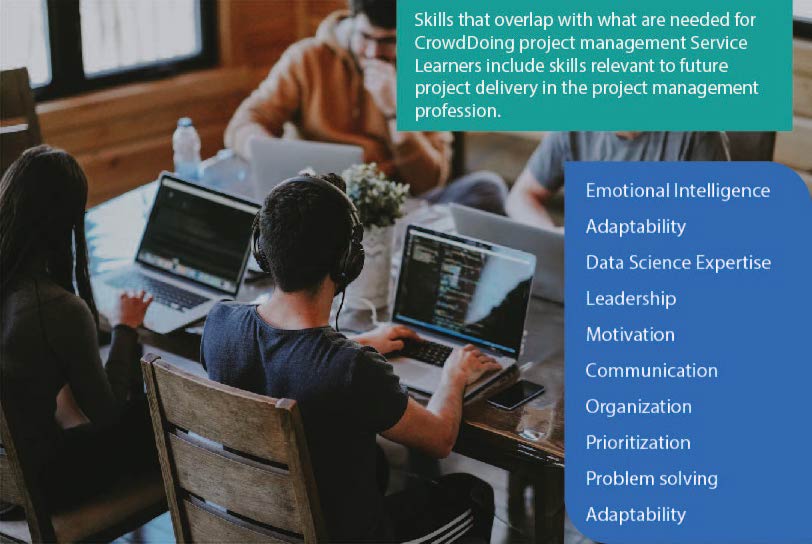
This project is based on the idea that if people could buy only a percentage of the appreciation value that they can afford, and still secure stable access to a home, up to half of homelessness in dense urban regions could be prevented. Home buyers today buy 100% of a home at the time of purchase, and borrow money through a mortgage to be able to afford to do so. But this purchase masks the fact that they are buying two things at the same time- 100% of the future sale price of a home (so-called appreciation value), and 100% of the usage rights of that home while they are living there (so-called use value). If people could buy only the percentage of appreciation value that they can afford, and still secure stable access to a home, half of homelessness in dense, coastal urban regions such as the Bay Area, New York, Seattle could be prevented.
- Contributor : Site Administrator
- Enrolled students: There are no students enrolled in this course.
Plant proximity has been shown to be beneficial in multiple ways including from air pollution reduction & stress reduction. These leverage points have been demonstrated to have positive medical consequences in terms of reduced opioid addiction, reduced medical mistakes, prevention of diseases & conditions such as hypertension & related complications, asthma, heart attacks, strokes, cancer, diabetes, alzheimers & dementia, schizophrenia, rheumatoid arthritisacute pancreatits, chronic kidney disease. We have also evaluated the consequences of proximity to plants on hospital staff presenteeism, absenteeism & turnover rates. We have concluded that under any scenario we have tested, a network of plant walls & vertical gardens and other uses of plants could pay for themselves in as little as two years and provide beneficial outcomes for more than 20 years.
Plant proximity is understood by the scientific community through the lens of “biophelia”. Biophelia is the visual & sensory experience of plants and proximity to plants. You have expertise relevant to reviewing for validity and applicability our simulation of biophelia in hospitals. Our draft aims to forecast the social outcomes that could be caused by varying scenarios of biophelia in hospitals. We have identified more than 100 outcomes that in principle can be attributed to biophelia. We present here in draft for review a partial simulation of this impact potential. We have aimed to consider prospective benefits to all stakeholders. We have structured this to be a flexible model that can be adapted to any hospital circumstance. We’ve aimed to identify both health outcomes, environmental outcomes financial outcomes.
- Contributor : Site Administrator
- Enrolled students: There are no students enrolled in this course.
CrowdDoing and Project Heather propose launching a prevention derivative with two new stakeholders:
(a) contingent payers who pay in proportion to the reduction in risk, and
(b) impact investors who finance social innovations in which their return is similarly proportional to the reduction in risk.
It will build on existing precedents for contingent contracts involving social- innovation-based risk prevention. A spectrum of forest fire risk prevention approaches are available: from creative new social innovations to well-established interventions. The forest fire risk prevention derivative would first survey existing forest fire prevention interventions in Greater Sacramento with an eye towards which ones might be suitable to support and expand. It would then review global social innovations that might be relevant to Northern California to determine which to replicate. Entities involved in risk management and risk securitisation, from insurers to reinsurers to retrocessionaires, ought to welcome the chance to share liability proportionally through a commons of prevention innovations. The prevention derivative can expand as more institutions and individuals join as contingent payers and impact investors in order prevent a larger portion of collective risk. Payments by private and public institutions to support prevention derivatives can be in-kind, through services, and/or financial. The prevention derivative will identify comparison regions in order to assess relative risk prevention controlling for factors such as temperature, humidity, wind intensity, tree types etc.
- Contributor : Site Administrator
- Enrolled students: There are no students enrolled in this course.
CrowdDoing crypto team has researched crypto tokens that have broader social impact potential in sustainability and anti-poverty areas. Our goal is to educate the world on the risks and opportunities that crypto tokens present and help mitigate risks associated with crypto tokens. Through extensive research, we have identified and analyzed several projects that are leveraging blockchain and crypto solutions to address social challenges, to help the unbanked, to supply renewable energy, to support medical research and to develop a sustainable supply chain, etc. CrowdDoing team has put together a draft index of these crypto portfolios to track their overall performance and impact investment potential. We are working to publish the index globally and aim to track their financial performance while attempting to understand and measure those projects’ impact potential. Our community draws from various backgrounds with all levels of expertise, including writers, technologists, finance, operations, cryptographic enthusiasts, engineers, students and others. Through this initiative, participants de-risk the impact potential of crypto to achieve social good while learning together.
- Contributor : Site Administrator
- Enrolled students: There are no students enrolled in this course.
The Medicinal Foods Project looks to explore the age-old idea of food as medicine. This project looks to help build medicinal foods literacy, citizen science of foods and herbs for stress, sleep, and anxiety. There are many approaches to stress through medicinal foods, from anti-stress gummies with lemon balm and other botanicals.
- Contributor : Site Administrator
- Enrolled students: There are no students enrolled in this course.
Service learning combines learning objectives with community service in order to provide a pragmatic, progressive learning experience while meeting societal needs. Service learning and skilled volunteering helps to bridge skill & social innovation gaps to achieve sustainable development goals. By practicing service learning and skilled volunteering we can collectively cope with a volatile, uncertain, ambiguous, and complex (VUCA) business landscape by leveraging under-utilized capacities which can drive new participation by individuals and institutions.
CrowdDoing aims to scale participation through skilled volunteering and service learning opportunities to help enterprises and institutions to foster social innovations. This approach is an efficient way for individuals to gain new skills that further their success as project managers, human resources professionals, marketing professionals, and engineers. Service learning focuses on social innovation can be efficient at both achieving a social impact, and at teaching skills needed in the future.
- Contributor : Site Administrator
- Enrolled students: 1






